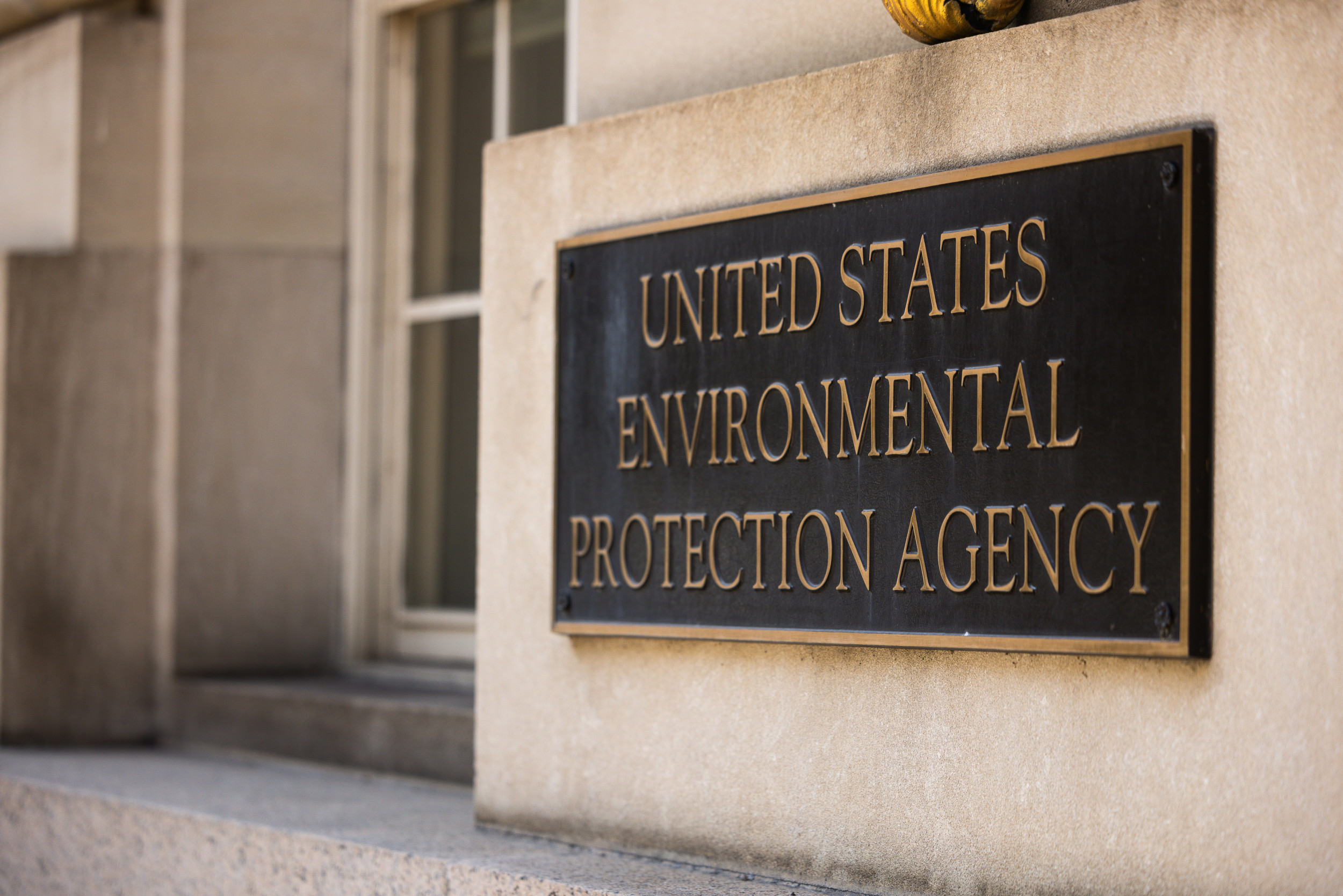Biden rule changes could cost 317,000 Americans their Jobs: Trade group

A new EPA rule passed under President Joe Biden is likely to cost 317,000 Americans their jobs, trade groups are warning. Experts spoke with Newsweek about the pros and cons of the regulations.
Starting next year, the new EPA rules governing wastewater limits for meat and poultry processors go into effect. That means there will be more limited amounts of nitrogen and phosphorus released into the environment by the meat processing plants.
The new rules for August 2025 mean tougher regulations for meat processors, but many companies could go out of business due to the change in requirements.
The EPA originally passed the new regulations after 13 environmental organizations filed lawsuits and argued water pollution control standards needed to be updated for the meat processing industry under the Clean Water Act.
Meat prices have surged in recent years since the pandemic due to supply chain issues and inflation, and it’s likely the prices could go even higher as the meat processing plants adapt to the new rules.
The EPA said through the new rules, the facilities will lower their wastewater by around 100 million pounds per year.
The regulations apply to processing plants that discharge wastewater into bodies of water as well as through water treatment plants.
The new rules also stipulated pretreatment standards for oil and grease for the first time, as well as for total suspended solids and biochemical oxygen demand.
At least 16 facilities are anticipated to close due to the new standards. At the minimum, 17,000 jobs would be lost, but the EPA said up to 53 plants could close.
Alex Beene, a financial literacy instructor for the University of Tennessee at Martin, said while the EPA is not purposefully eliminating jobs and closing facilities, there will be severe impacts.
“Make no mistake about it: trying to improve the standards of the meat processing industry is a worthwhile endeavor and can have positive environmental results,” Beene told Newsweek.
“At the same point, the cost of upgrading facilities to meet these standards can be so costly that it generates cuts in other areas, like employment, and in the case of smaller businesses, it can prove so expensive they have to close… Holding larger companies to high standards is a good thing, but there has to be a middle ground that can protect jobs and smaller employers in the process.”
Newsweek reached out to the EPA for comment via email.
Previously, the EPA outlined that the new wastewater requirements would lower pollution, limit exposure to toxins and improve the health and tourism of lakes and rivers.
Already, 27 state attorney generals have come out against the new rule, arguing it is a federal overreach that would end up impacting nearly 4,000 facilities.
The EPA “has never before claimed such sweeping authority to regulate indirect discharges,” the states said, adding the move was “not only costly but also unlawful.”
“It appears that EPA is relying primarily on data put together by the groups that were suing them to come up with this rule,” the attorney generals wrote.
The U.S. Poultry and Egg Association previously said the EPA’s new rules will cost the industry $1.16 billion in compliance costs. It also predicted 74 facilities would close, leading to up to 78,500 direct job losses.
When considering the larger impact on other companies that serve the meat processing plants, between 127,000 and 317,000 jobs could be lost.
“We may be forced to close our family-owned business that has been serving the Southern Minnesota area for 77 years,” Ryan Schmidt, president of Schmidt’s Meat Market in Nicollet, Minnesota, wrote in a letter to the EPA.
The Biden administration originally pushed the rule through as part of its broader environmental agenda, but there’s been a “disconnect” between the policy’s aims and reality, said Michael Ryan, a finance expert and founder of michaelryanmoney.com.
“The timeline for implementation is particularly concerning to me,” Ryan told Newsweek. “Most facilities will need 18 to 24 months just to secure financing for the required upgrades, let alone complete the actual modifications.”
Smaller operators will face a disproportionate impact, with facilities processing less than 10 million pounds annually struggling to absorb the costs, Ryan said.
“That could lead to an industry consolidation, leaving us with primarily large corporate operators,” Ryan said. “Reducing competition and inevitably driving up consumer prices. The job losses will tend to concentrate in rural communities where alternative employment options are limited.”
Over the next two to three years, Ryan said he anticipates major industry restructuring to occur.
“Facilities that survive will likely emerge stronger, but the transition period could be economically devastating for many communities,” Ryan said. “Consumers should realistically prepare for meat price increases of 15-20 percent as the industry adjusts.”
Tierney L. Cross/Getty Images
Related
A top recruiter says sports marketing roles are hot right…
Jobs are opening up in the sports industry as teams expand and money flows into the industry.Excel Search &
Public employees and the private job market: Where will fired…
Fired federal workers are looking at what their futures hold. One question that's come up: Can they find similar salaries and benefits in the private sector?
Mortgage and refinance rates today, March 8, 2025: Rates fall…
After two days of increases, mortgage rates are back down again today. According to Zillow, the average 30-year fixed rate has decreased by four basis points t
U.S. economy adds jobs as federal layoffs and rising unemployment…
Julia Coronado: I think it's too early to say that the U.S. is heading to a recession. Certainly, we have seen the U.S. just continue t










